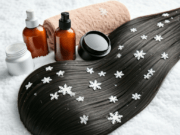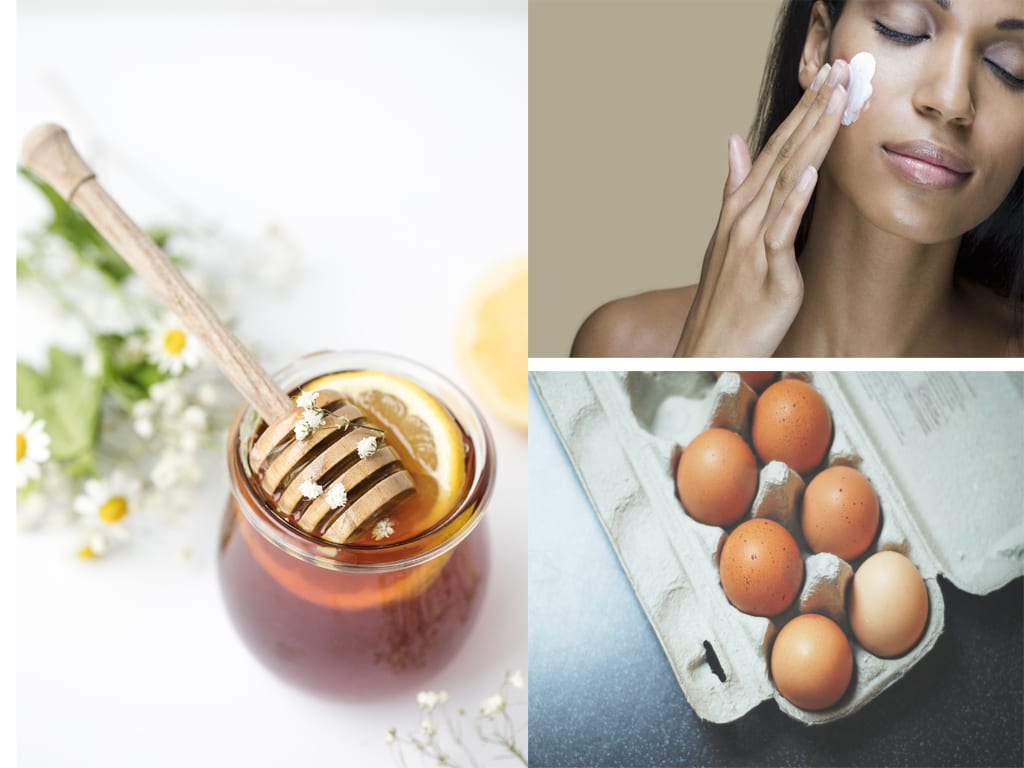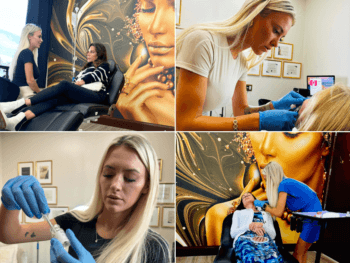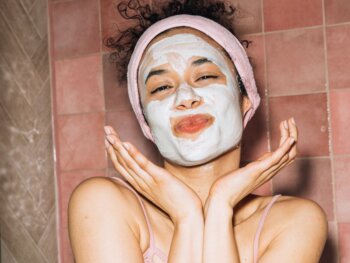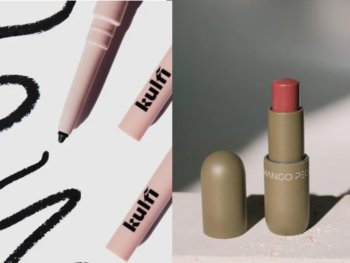Instead of snacking, improve your beauty game by using ingredients found in your fridge to make a fresh facial.
COVID-19 has dramatically changed our lifestyle. Because of the #stayhome orders, this has resulted in adapting our routines to suit our self-isolation which includes teleworking as well as working out from home. Now this does not mean that you should abandon your beauty routine, but think of this as a golden opportunity to raid your kitchen for wholesome ingredients that can treat acne, moisturize and exfoliate your skin!
DIY Facials — Keep Your Goal & Ingredients Simple
The trick to a successful DIY facial is to identify your primary need, e.g. my skin is dry/ dull/ broken out… etc. and focus on a single ingredient that treats it. Simplicity is key because no matter how much we mash and batter ingredients in our trusty bowls, we cannot replicate the texture and delivery formulations that prevail in store bought products. Also the freshness of the ingredients means that your skin interacts with the juices and vitamins without the presence of preservatives and fragrance. You must remember however that if you have food allergies then you should avoid using those ingredients in your masques.
Once you’ve have recognized what exactly you are targeting, make sure that you have both a small bowl and silicone spatula handy. The money you save by using ingredients available in your kitchen should not be spent on a plumber who needs to remove the ingredients from your pipes. Once you have completed the 15 minutes wait time for your masque to form, you can “shave” your face using the spatula, scrape the spatula into the bowl, and then dispose of the used ingredient into the compost bin.
When your tools are assembled, wash your face, tie up your hair, wear a headband to protect the hairline, and indulge in a DIY facial…
FRUIT — EXCELLENT TONERS
The first step is to tone the skin so that it is softened and prepared to receive the treating ingredient.
If your skin is dry and/or sensitive, take a slice of cucumber and massage it over your face because it calms the skin. A cucumber is primarily composed of water, and contains vitamin C and caffeic acid that are anti-inflammatory.

If your skin is oily and/or dull, take a slice of mango, and massage it over the planes of the face. It is fibrous so it gently exfoliates the skin. Additionally, it contains antioxidants such as vitamins A, C and E, which improve skin tone.

SNACK MASQUE TIME
Once your skin is toned, the next step is to apply the treating ingredient depending on what you are trying to target:
Acne Prone Skin
If you are suffering from a break out or tend to develop acne, crack an egg, separate the white and yolk, and whip the yolk in the bowl. The yolk contains high amounts of vitamin A which wards off inflammation and heals lesions. Apply the egg yolk all over the face and neck using your clean fingers, and in particular, dab extra yolk over the lesions. Please, don’t use an egg brush to apply the yolk because the bristles will scratch the skin. After 15 minutes, rinse your face using tepid water and apply a lightweight moisturizer. Egg yolk will not clog the sink.
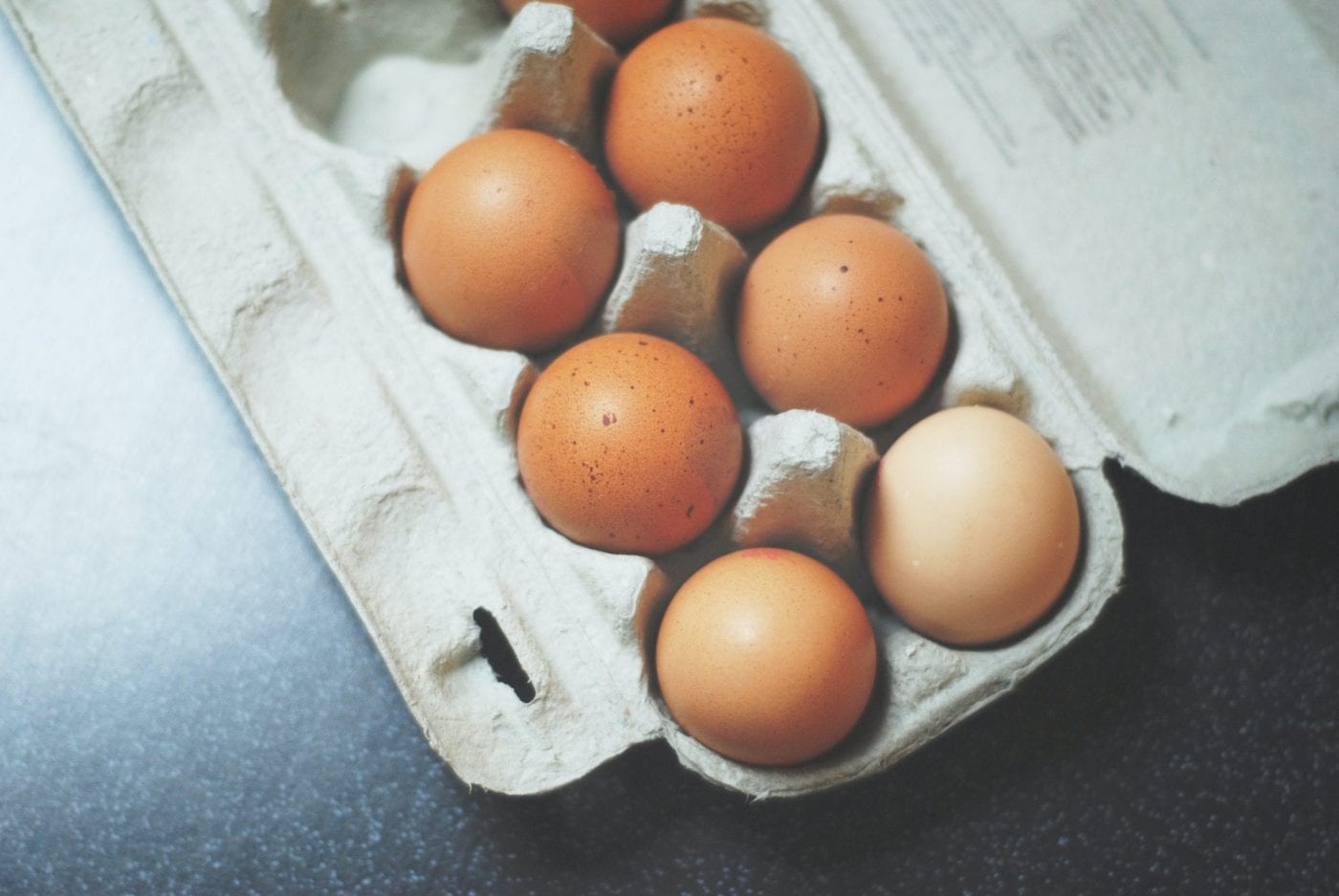
Dull Skin
If your skin is dull, scoop two tablespoons of plain, Icelandic yoghurt into your bowl. I prefer Icelandic yoghurt to the Greek version because it is thicker and tacky enough to will stay in place.Yoghurt is dairy-based and hence contains lactic acid which is a gentle chemical exfoliator that dissolves dead skin cells. Cleopatra is rumoured have taken milk baths to keep her body smooth.
I suggest that you apply the yoghurt with clean fingers all over the face and neck. After 15 minutes, scrape it off using the silicone spatula, and then rinse your face using tepid water. Again, finish the treatment by applying a moisturizer
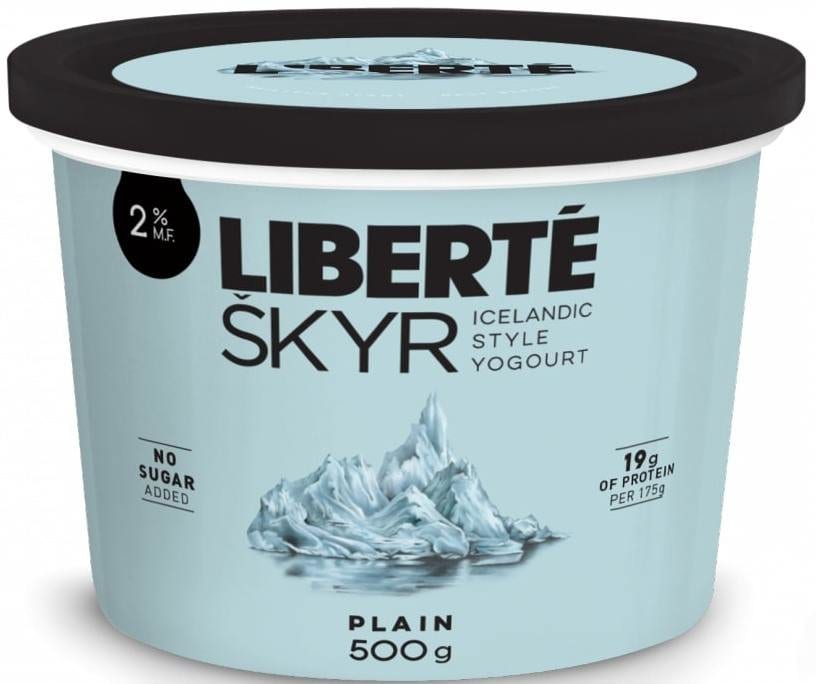
Dry Skin
If your skin is dry, scoop two tablespoons of pure honey into your bowl. Honey stays in place and is a humectant that attracts moisture. It also possesses antibacterial properties which results in the pores being gently cleansed. Apply the honey to the planes of the face and neck, using clean fingers. After 15 minutes, scrape it off using the silicone spatula, and then rinse your face using tepid water. Again, finish the treatment by applying a moisturizer.
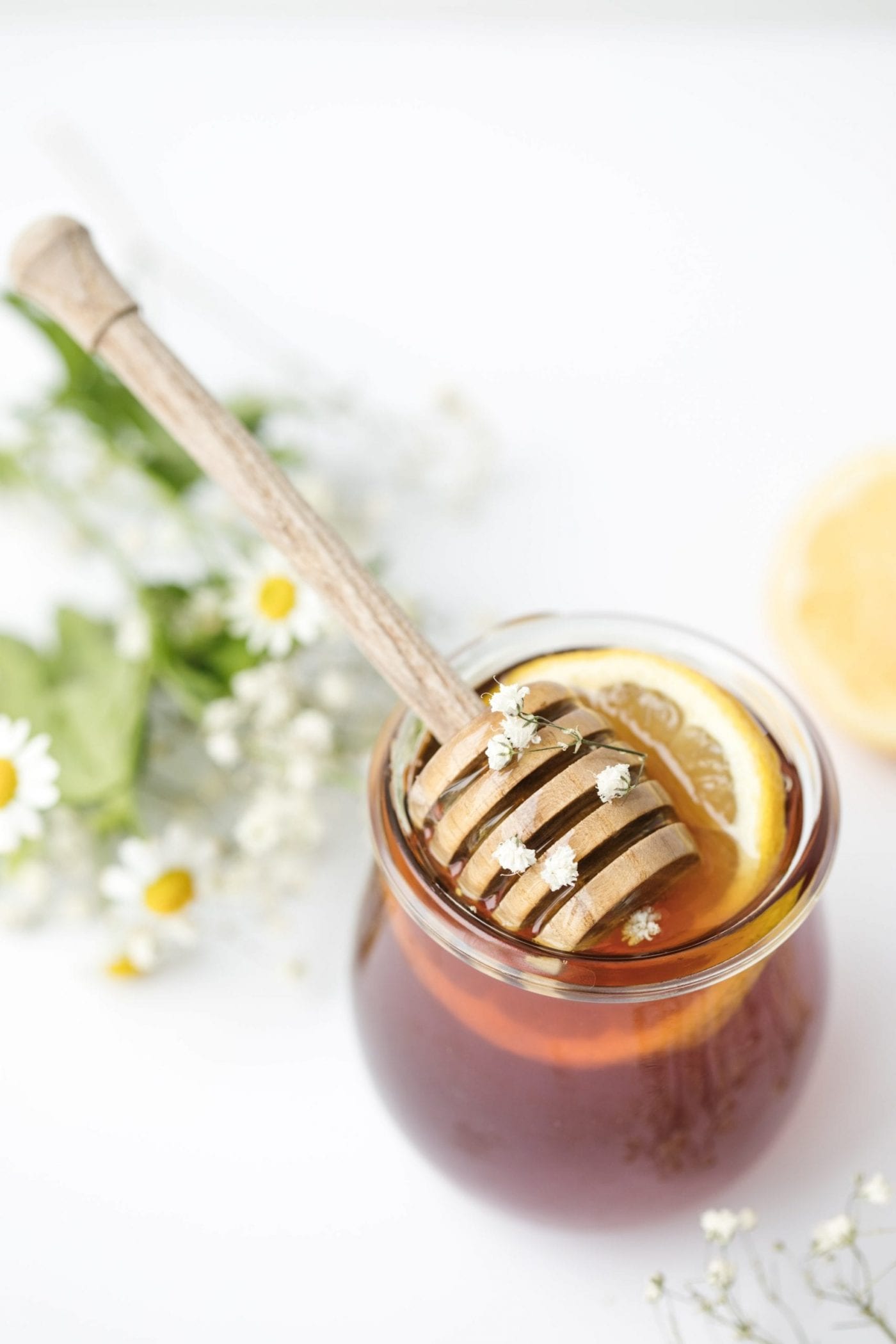
Stay Away From These
Lemon:
Some readers may be surprised that I did not include lemon juice. My concern is that the juice is highly acidic and when applied directly to the skin could result in irritation. You don’t want to have call the dermatologist in the middle of a pandemic to treat red inflamed skin that will likely calm down to a dark patch which takes months to fade.
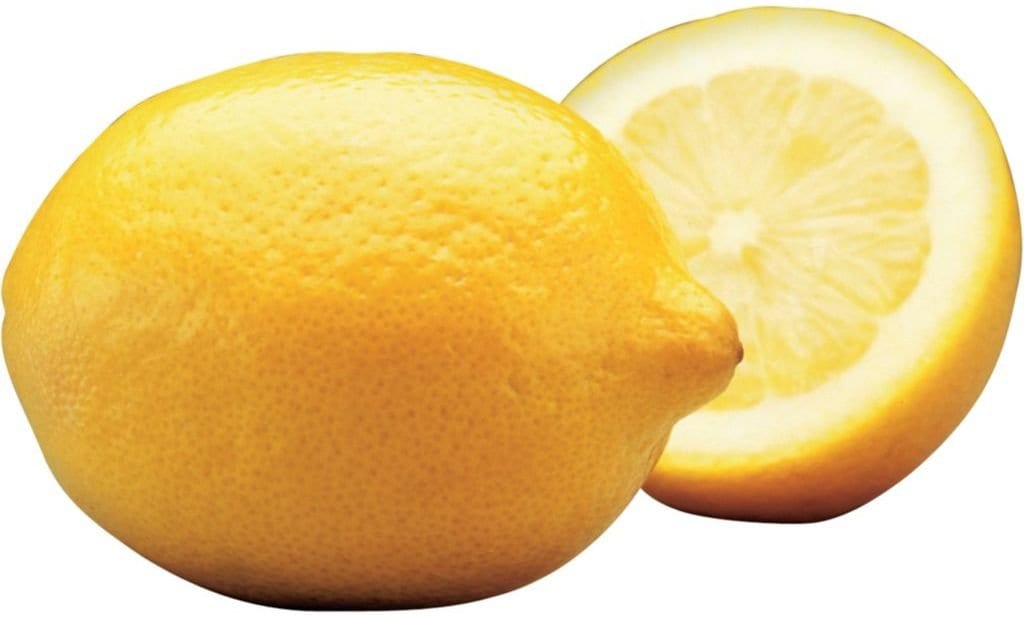
Chickpea Flour
Other readers may be disappointed that I did not include the Desi classic: chickpea flour aka basin. There’s a reason why: I’m not a fan of this ingredient for two key reasons. First, the granules are unrefined and will cause micro tears in the skin which results in scars. Secondly, when the face is rinsed, even a few grams of chickpea flour can create drainage issues, and no one should risk having to call a plumber, in particular when we are in the midst of a pandemic.
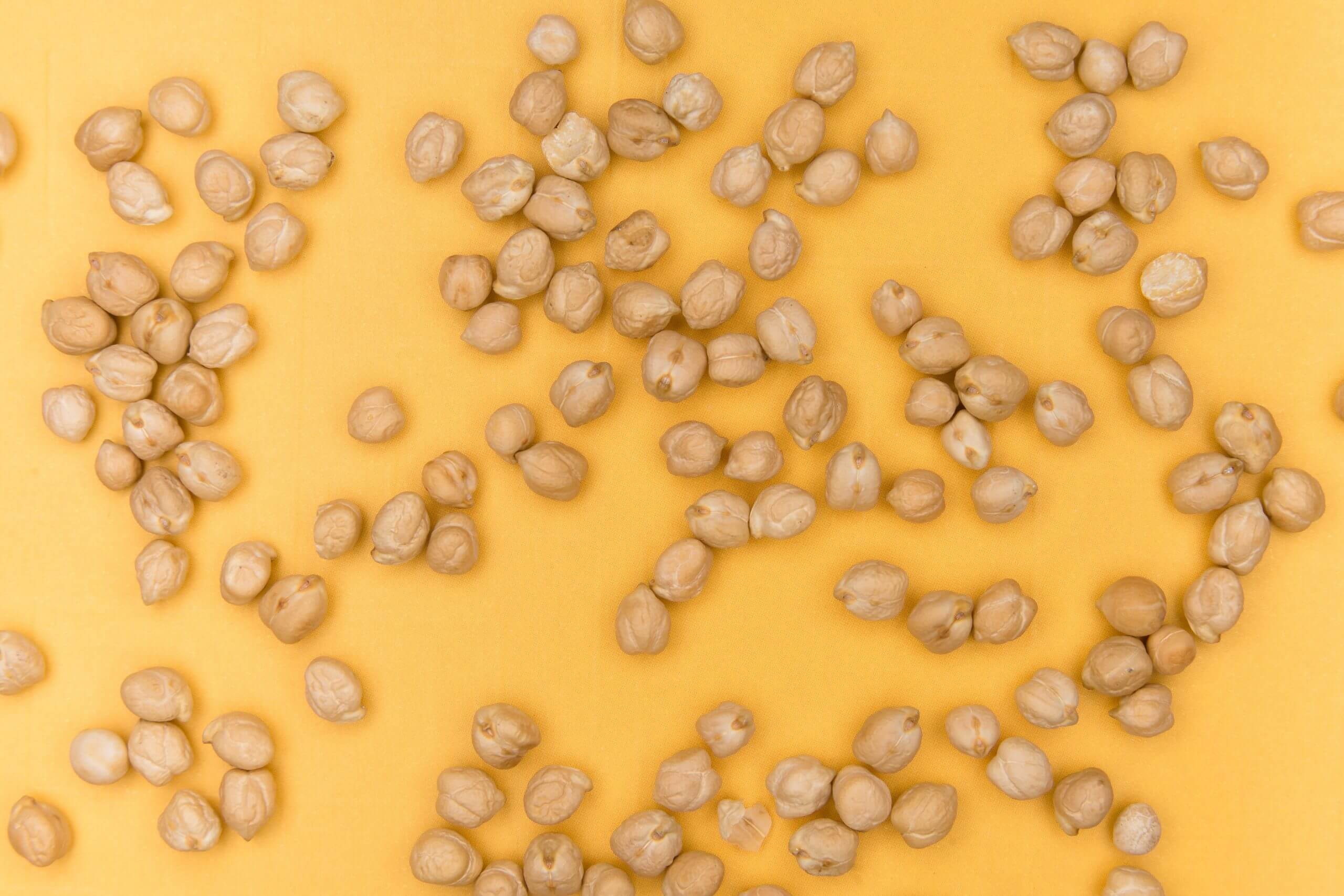
FOOD FOR THOUGHT
It makes perfect sense that what nourishes our body on the inside will treat our skin on the outside. The trick to a successful DIY facial is to follow he principle of simplicity. Focus on a single issue, and select an ingredient that treats the issue, always making sure to respect your allergy issues, if applicable. The beauty of this routine is that it results in little waste because the ingredients can be composted and only a minimal amount of water is required to remove them.
Main Image Photo Credit: www.unsplash.com/www.elle.com
Meena Khan | Features Editor - Beauty
Author
Meena (@meenalaregina) always loved the idea of exploring the non-conventional idea of beauty. Having grown up as a pimply chubby teenager, she wanted to see the change in the world that best reflected your uniqueness as well. Her well-received collection of blogs where she tries on various beauty p...
















